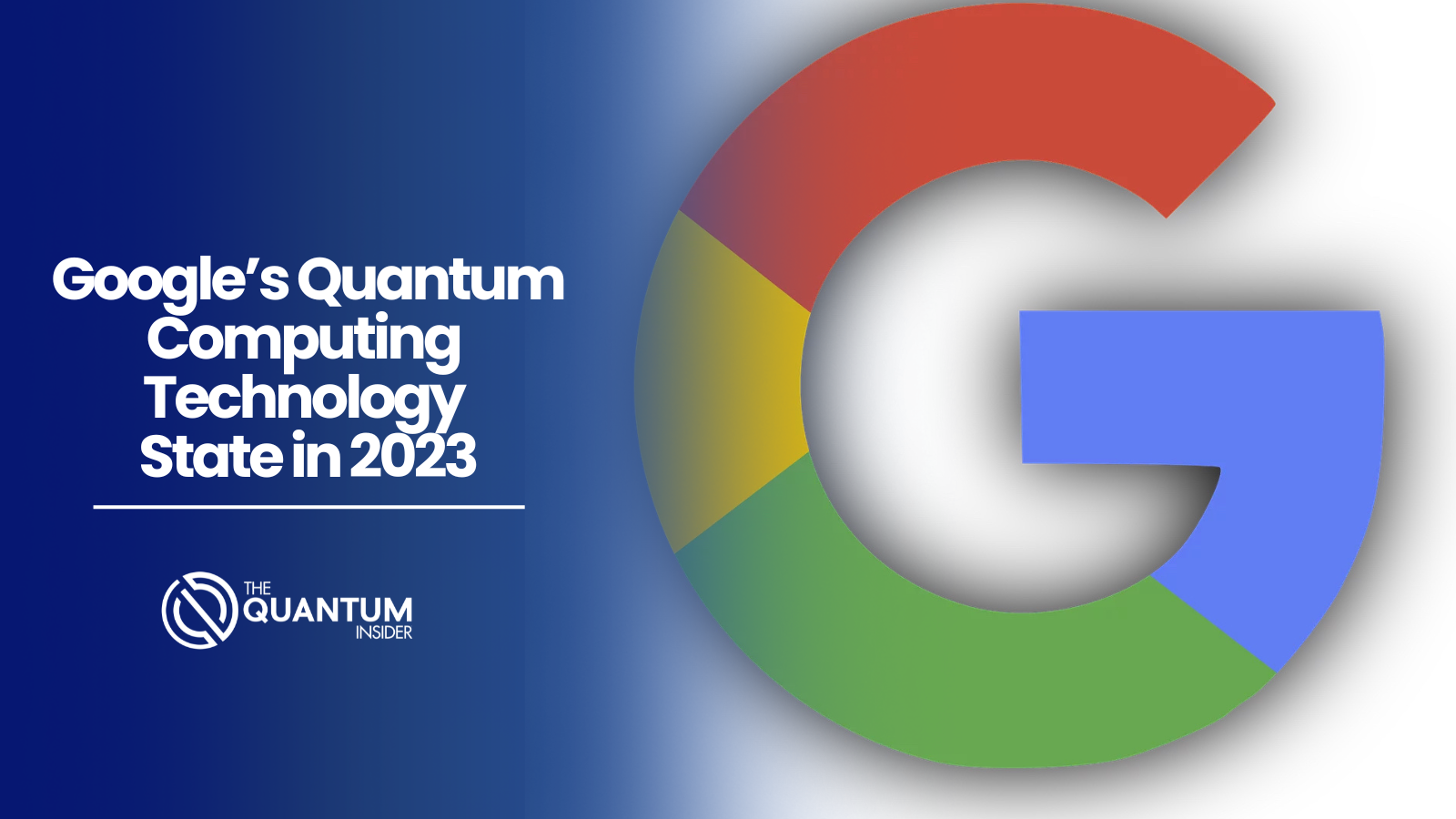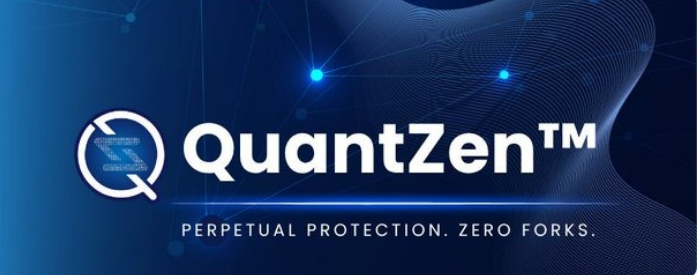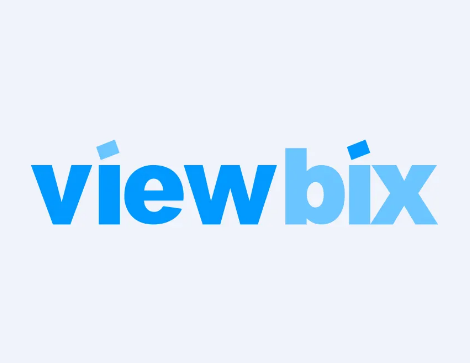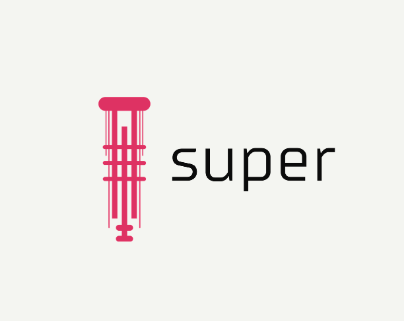The story begins in the spring of 2013 when Google Research announced the Quantum AI Lab. Back then, the Lab’s launch was powered by the most advanced quantum computer commercially available at the time, D-Wave Two from D-Wave Systems, marking the inception of Google’s quantum computing journey.
Nearly a decade has passed since — the Quantum AI Lab has achieved a lot, which we will describe in more detail below.
Google Quantum Computing Background
A pioneer in quantum computing research and development, Google is one of the world’s leading companies in this area. It was announced in 2019 that Google had achieved “quantum supremacy,” which means it had demonstrated the ability of quantum computers to perform calculations (however contrived) beyond the capabilities of classical computers. Sycamore, Google’s quantum computer, performed a calculation in 200 seconds that would have taken the world’s fastest supercomputer 10,000 years.
Google has continued to push the boundaries of quantum computing since then.

As well as developing quantum algorithms and applications for fields such as chemistry, materials science and machine learning (ML), the company is striving to develop even more powerful quantum processors. Quantum algorithms and applications can also be built on Google’s cloud-based quantum computing platform, the Google Quantum AI (QAI) platform.
Google’s Core Quantum Technology
As of 2023, there are certain milestones that Google wants to reach in order to be able to build a commercially viable quantum computer. One was quantum advantage, or doing a calculation faster than a supercomputer with a quantum machine, with 2019 marking the completion of this goal.
This year, the company’s researchers said they had shown that a system using error-correcting code could detect and fix errors without affecting the information. This is the first demonstration of a logical qubit prototype, which shows that increasing the number of qubits reduces errors.
In a company blog post from February 2023, Sundar Pichai, CEO of Google and Alphabet, reported that for the first time ever Quantum AI researchers demonstrated that increasing the number of qubits can reduce errors. Published in Nature, the result of this achievement — where the researchers were able to make a logical qubit that performed better than one we made from 17 physical qubits — means the company is now able to operate quantum computers in a much more efficient way.
Google Quantum Offerings
Since the beginning of Google Quantum AI, the company has been making the products and tools it develops for its own research free to the public.
Here are some examples:
Quantum Virtual Machine (QVM)
In 2022, Google Quantum AI released the Quantum Virtual Machine (QVM), developed to simulate the experience of programming one of the quantum computers in its lab, including circuit validation and processor fidelity.
The machine works by combining the measurements (qubit decay, dephasing, gate and readout errors) from its Sycamore processors with the models from the physics research team, which can then simulate quantum processor-like output using the company’s models.
Python-based Cirq
Next up is Python-based Cirq, a software library for writing, manipulating and optimizing quantum circuits, which are then run on quantum computers and quantum simulators. It provides useful abstractions for dealing with today’s noisy intermediate-scale quantum computers, in which the hardware details are crucial to achieving state-of-the-art results.
Post-quantum cryptography (PQC) algorithms
Another area of interest to the company is in testing post-quantum cryptography (PQC) algorithms. Having worked with the security community for over a decade, Google has been exploring options beyond theoretical implementations for PQC algorithms.
A post-quantum experiment with Cloudflare was announced in 2019. Using Cloudflare’s TLS stack, Google implemented two post-quantum key exchanges and deployed them on edge servers and Chrome Canary clients, which resulted in providing the company with more insight into two post-quantum key agreements’ performance and feasibility in TLS — the results also meant that Google has incorporated this information into its technology roadmap and meant that two years later Google researchers were able to test a range of network products that were incompatible with post-quantum TLS and found that they were incompatible with post-quantum confidentiality. Experimenting early resulted in the prevention of this issue from arising in the future.
Currently, the company is implementing PQC that addresses both immediate and long-term risks of protecting sensitive information and ensuring that Google is PQC-ready.
Who are Google’s Main Competitors in Quantum Computing
In the field of quantum computing, Google’s main competitors are the likes of IBM, Microsoft, Amazon and Intel insofar as they are tech giants who have an interest in quantum. In reality, however, we see a significant amount of collaboration across the ecosystem.
In quantum computing, IBM has been a pioneer for some years. Now, IBM Quantum offers access to its own quantum processors through its cloud-based platform.
Microsoft offers Azure Quantum, the company’s cloud-based platform that provides access to its quantum hardware.
Another is AWS (Amazon) and Amazon Braket, a fully-managed quantum computing service that lets customers access hardware from a variety of vendors, including D-Wave, IonQ and Rigetti.In a blog post from April 2021, AWS released a paper to the world, Building a fault-tolerant quantum computer using concatenated cat codes, which was written by a team at the AWS Center for Quantum Computing and describes an architecture that combines elements of active QEC and passive or autonomous QEC. This paper proves researchers there have demonstrated the feasibility of cat qubits based on superconducting circuits, and their highly biased error rates can be utilized to design additional quantum error correction circuits.
Finally, there is D-Wave, a Canadian company that specializes in quantum annealing, a type of quantum computing. The company has developed its own quantum annealing processors, which are available through its cloud-based platform Leap.
See also: Atos’ Quantum Computing Technology Review 2023
How is Google’s Quantum Funded?
Google is primarily funded from its own balance sheet. In addition to its own resources, Google receives grants from government agencies like the National Science Foundation and partners with academic institutions in order to conduct quantum research.
Who Are Google’s Most Significant Quantum Customers?
To advance quantum research, Google has also collaborated with government agencies and academic institutions. CERN, NASA and the University of California, Santa Barbara are some of Google’s prominent partners in quantum computing.
Google’s Quantum Partnerships
In recent years, and as part of its research and development efforts, Google has sought out partnerships in quantum computing with several institutions/companies, some of which we will highlight below:
Google is exploring quantum computing’s potential in financial services with J.P. Morgan. In this partnership, new algorithms will be developed for the optimization of portfolios, the analysis of risk and the detection of fraud.
The European Organization for Nuclear Research (CERN) and Google announced a partnership in 2021 to collaborate on quantum computing. In order to solve some of the most challenging problems in particle physics, the partnership aims to develop new algorithms and tools.
With the goal of exploring quantum computing’s potential for aerospace applications, Google has partnered with Airbus, too. As part of the collaboration, algorithms are being developed for flight optimization, scheduling and routing, as well as for improving maintenance and safety on aircraft.
Another to note is Google’s collaboration with Volkswagen, designed to explore ways to use quantum computing in the automotive industry to enhance battery performance, optimize traffic flow and develop new materials for electric vehicles.
Where is Google Heading in the Years To Come?
As one of the leaders in quantum computing, Google has been heavily investing in the technology. As Google continues to explore quantum computing applications in areas such as optimization, cryptography and ML, its quantum computing efforts are likely to focus on developing more powerful quantum processors and algorithms. The Google quantum computing team has already achieved several significant milestones, such as demonstrating quantum supremacy, or the ability for a quantum computer to perform computations that are practically impossible for classical computers. A 53-qubit Sycamore processor developed by Google enabled this achievement.
Google is likely to make further advances in quantum computing in the future by developing even more powerful quantum processors and solving even more complex problems. As well as exploring new applications for quantum computing, the company is likely to explore drug discovery, materials science and financial modelling as these seem to be areas where quantum computing can help the most. For more detail on this, check out the company’s “Our quantum computing journey”, which explains Google’s quantum roadmap in simple terms.
Before quantum computing is widely used in practical applications, there are still many challenges that must be overcome that companies like Google and others are making significant advancements in.
Main Strengths
As we have already mentioned, Google has already achieved a key milestone by using more qubits to reduce the error rate of quantum calculations for the first time, according to its researchers, so this is obviously a step in the right direction.
Challenges to Quantum Supremacy?
In a story reported by The Quantum Insider last year, research conducted by the Institute of Theoretical Physics at the Chinese Academy of Sciences, led by statistical physicist Pan Zhang, showed that the team beat Google’s quantum computer Sycamore at the computational task examined in Google’s 2019 study.
Google claimed back then a supercomputer would take about 10,000 years to complete the task. Whereas on a supercomputer, it took the Chinese researchers about 15 hours to complete the task.
In order to solve that problem, Zhang and his team took the problem from a slightly different angle by using a 3D tensor network with twenty layers, each layer held 53 dots, one for each qubit. The team connected the dots to represent the gates, with a tensor encoding each gate. According to Nature, multiplying the tensors was all the team needed to run the simulation.
Although this takes nothing away from Google’s achievement four years ago, Zhang and co expected classical algorithms to improve in performance due to the original experiment’s purpose of exploiting quantum computer strengths and classical computer weaknesses, and eventually expect to develop algorithms specifically designed for this calculation.
The researchers of the report also said that as quantum computers improve, a slight tweak in performance might soon put them outperforming classical supercomputers — and even classical algorithms.
So there is hope. Yet, the research showed that no technology is foolproof.
Google Quantum Computing Key Takeaways
Humanity is on the verge of creating a useful, error-correcting quantum computer, whether today, tomorrow or fifty years in the future and there will be obstacles on the way to error correction, that’s a given.
From Richard Feynman’s idea of creating universal quantum computers for simulating other quantum systems more than forty years ago to the state of play today in our industry, Google’s quantum computing achieved a significant breakthrough in 2019, proving that quantum computing is a practical reality rather than a theoretical possibility and leading us to a new era of computing: Noisy, Intermediate Scale Quantum (NISQ).
Google — with its own hard work and investment and collaborations with universities and research institutions — is developing theories and algorithms that we can apply to error-corrected computers in the future.
When we get to that place, Google could be one of the first.
For more market insights, check out our latest quantum computing news here.
















